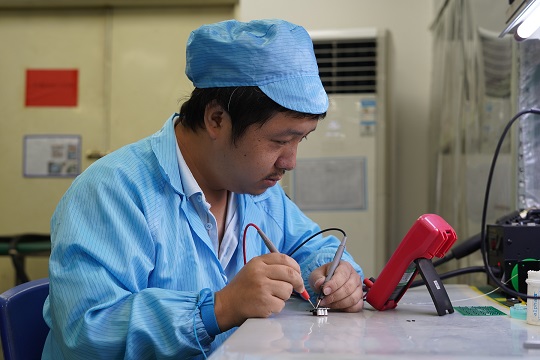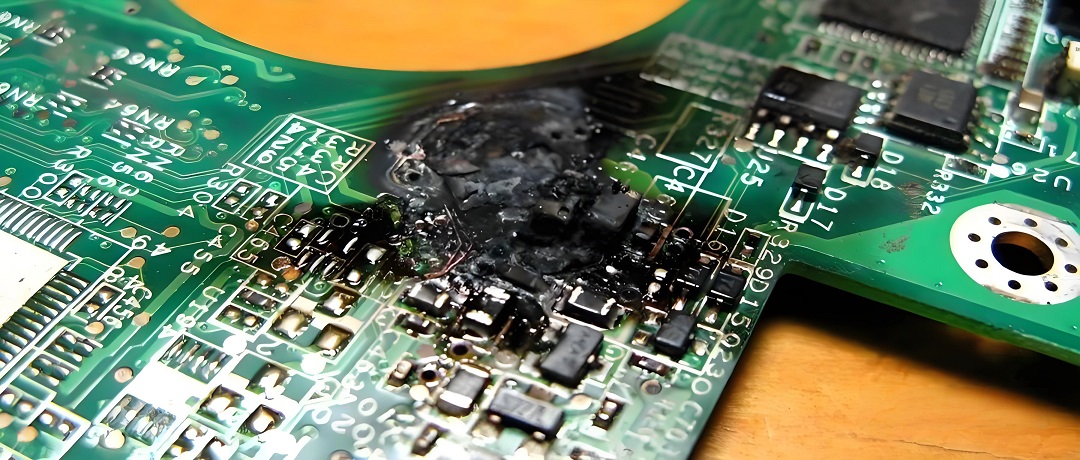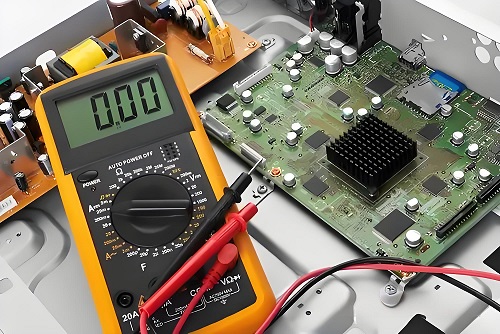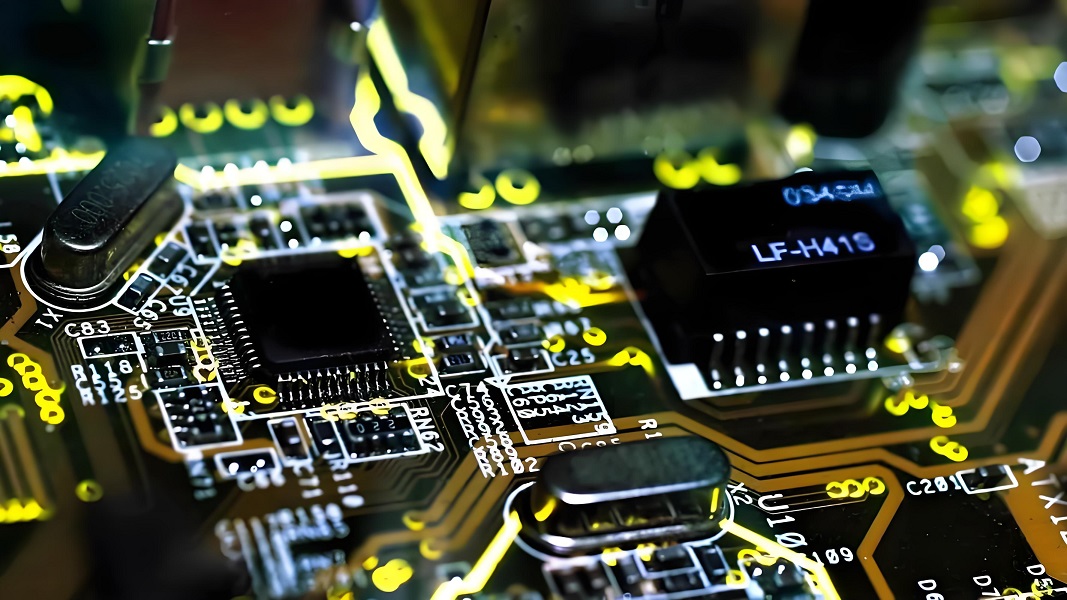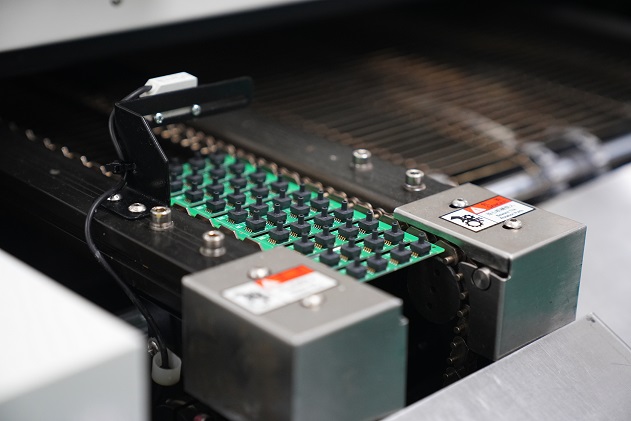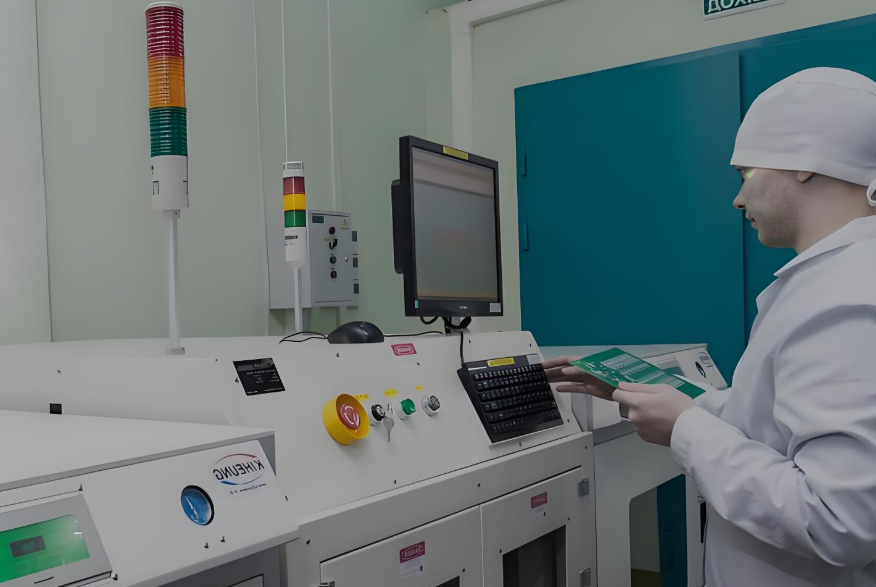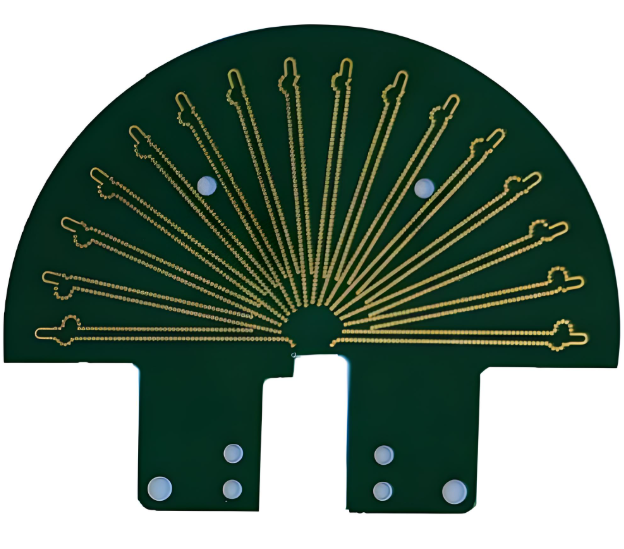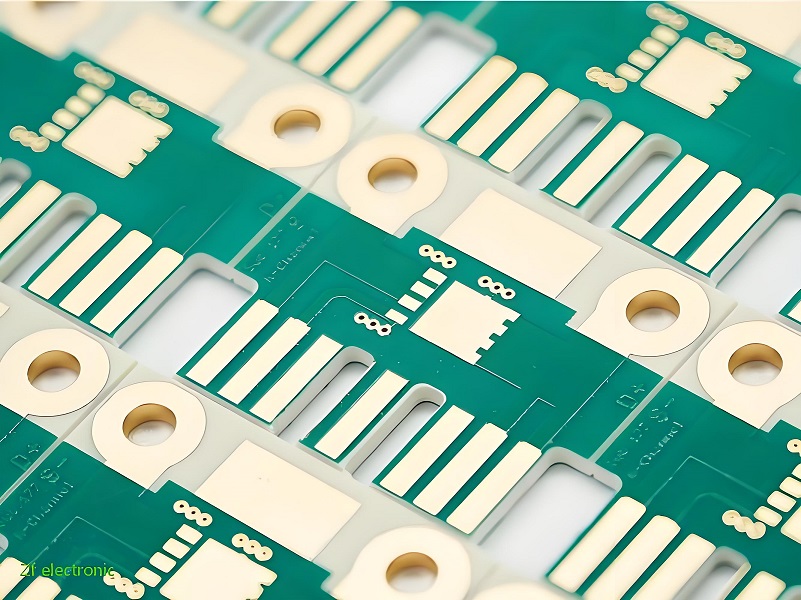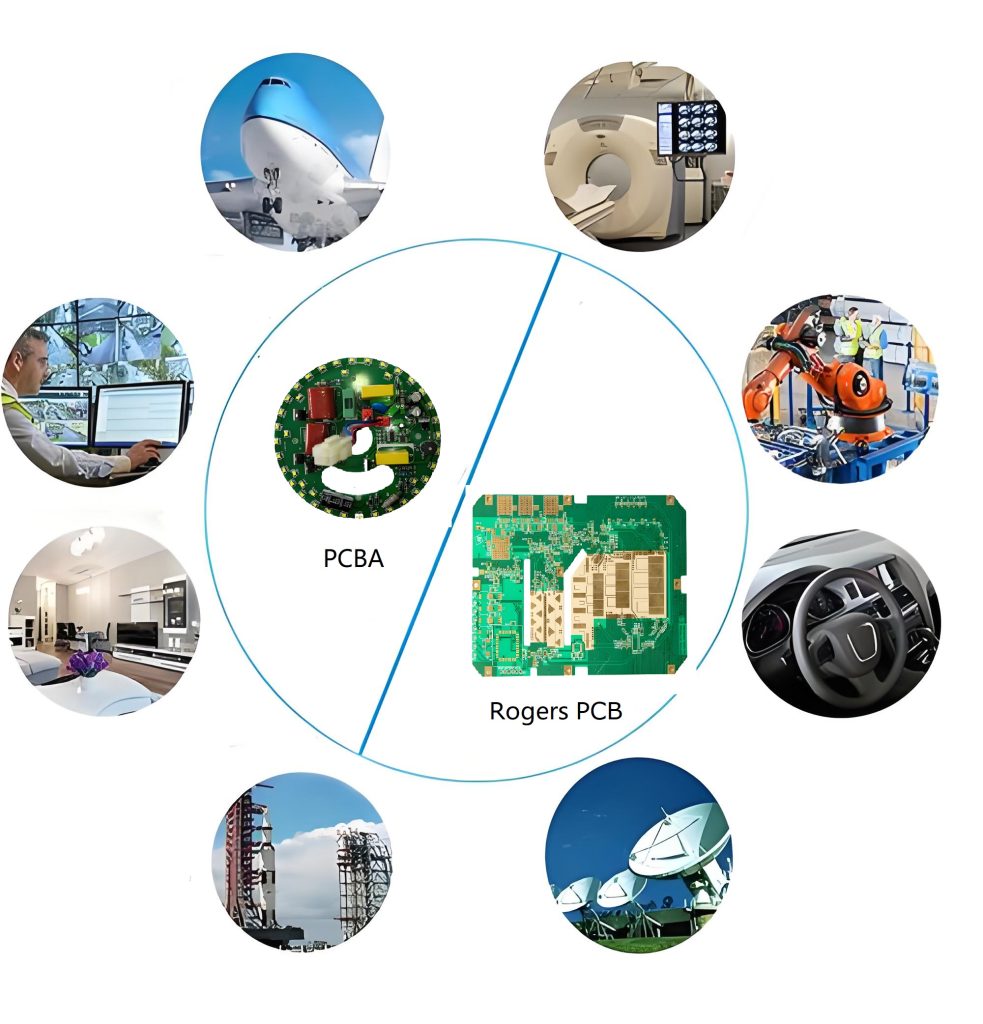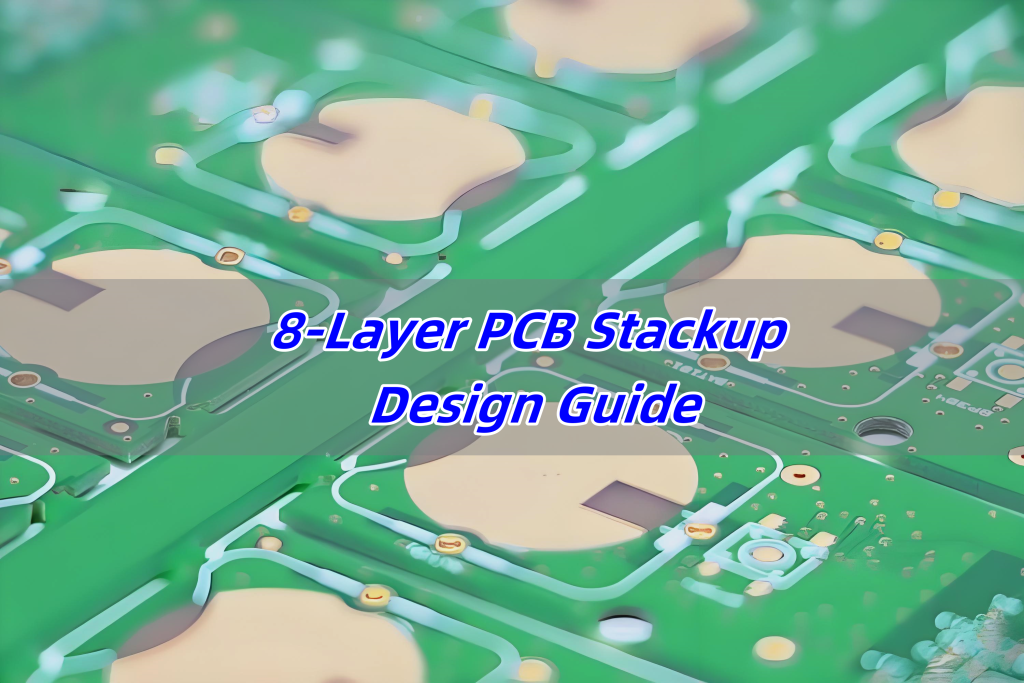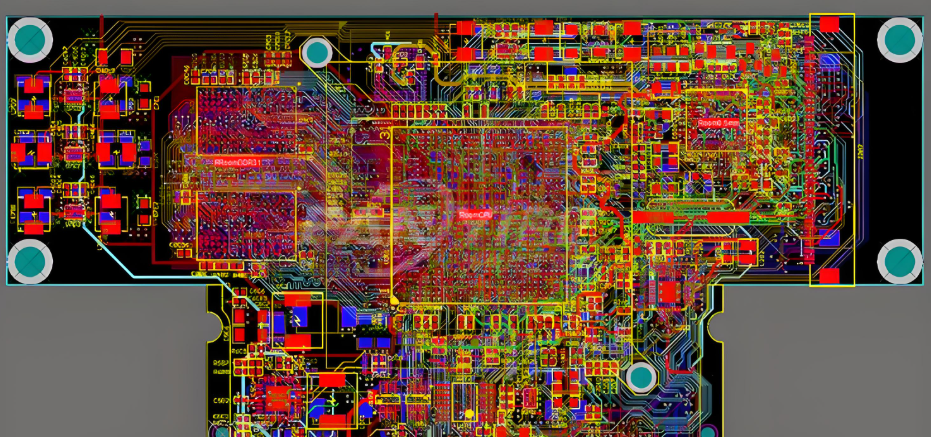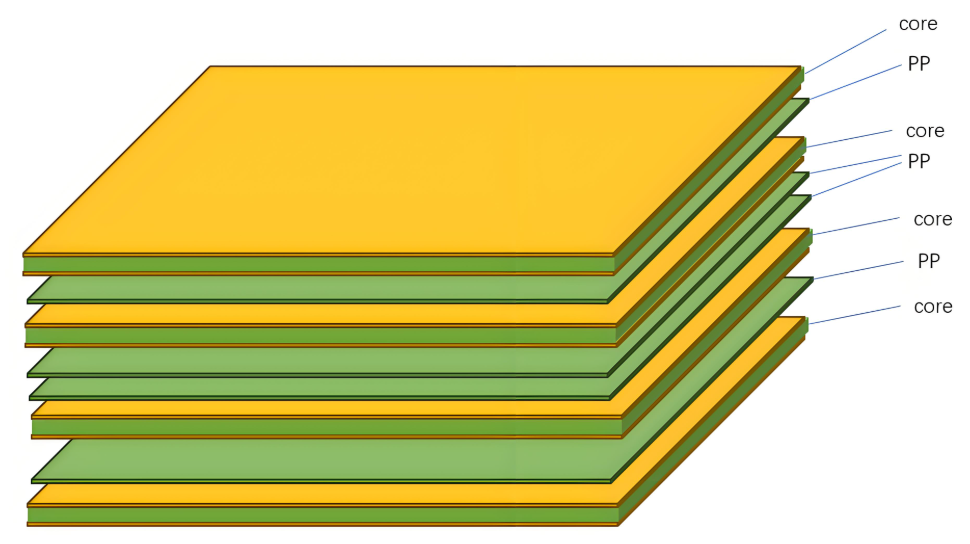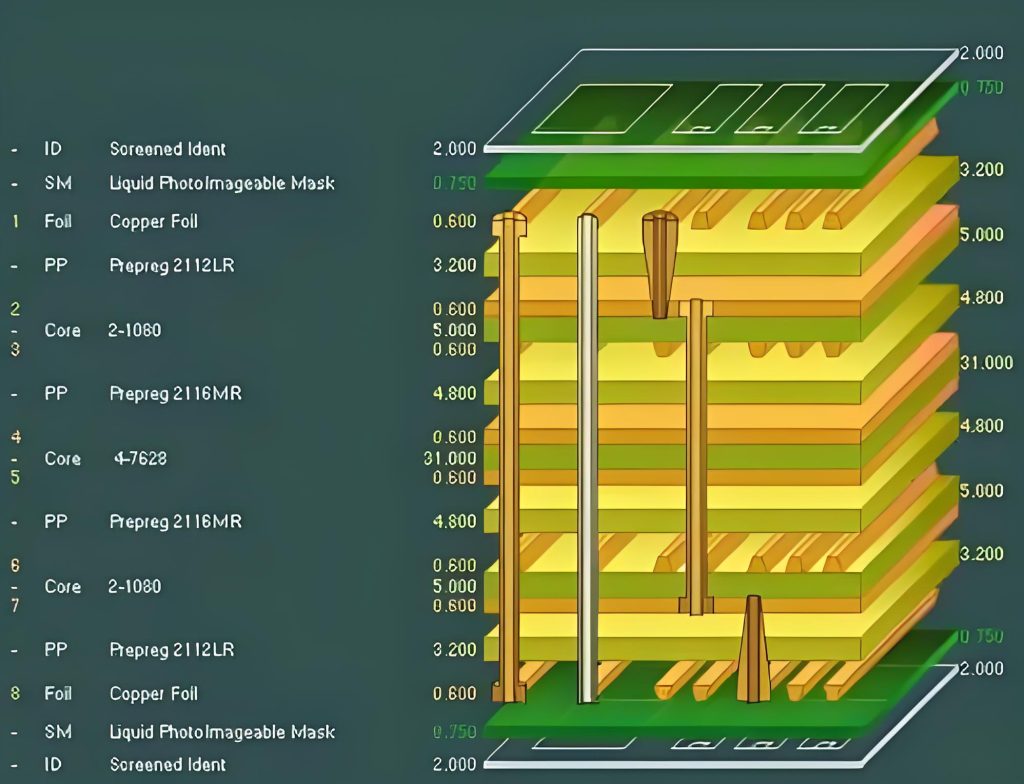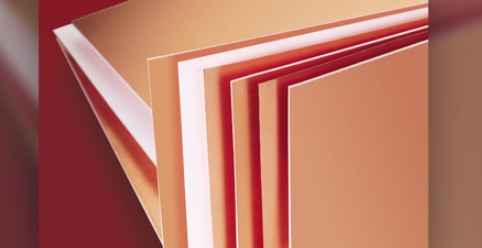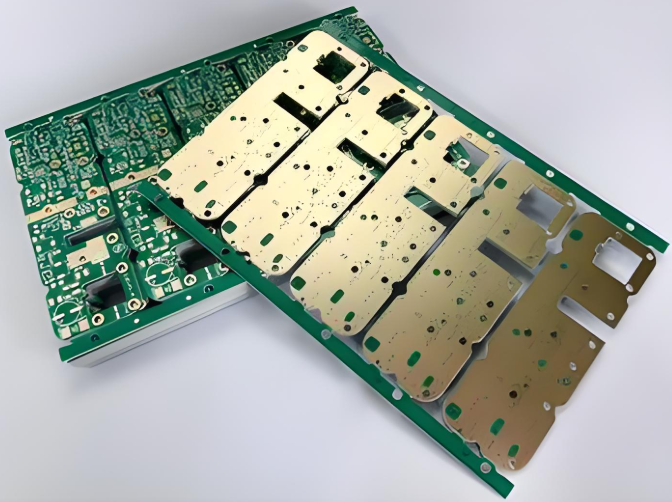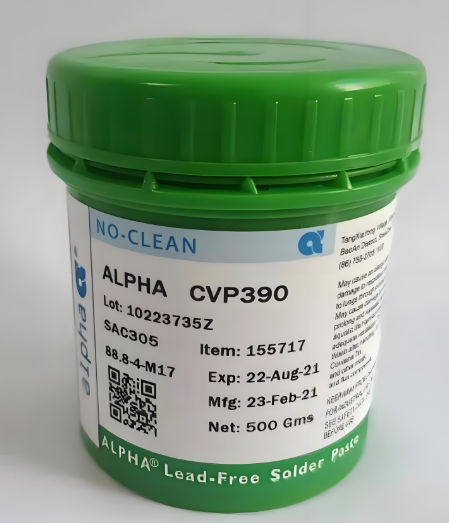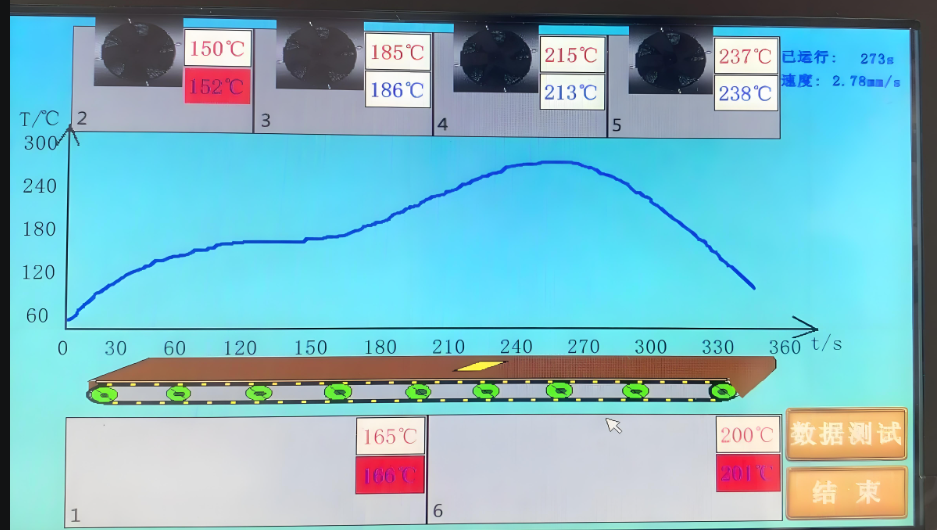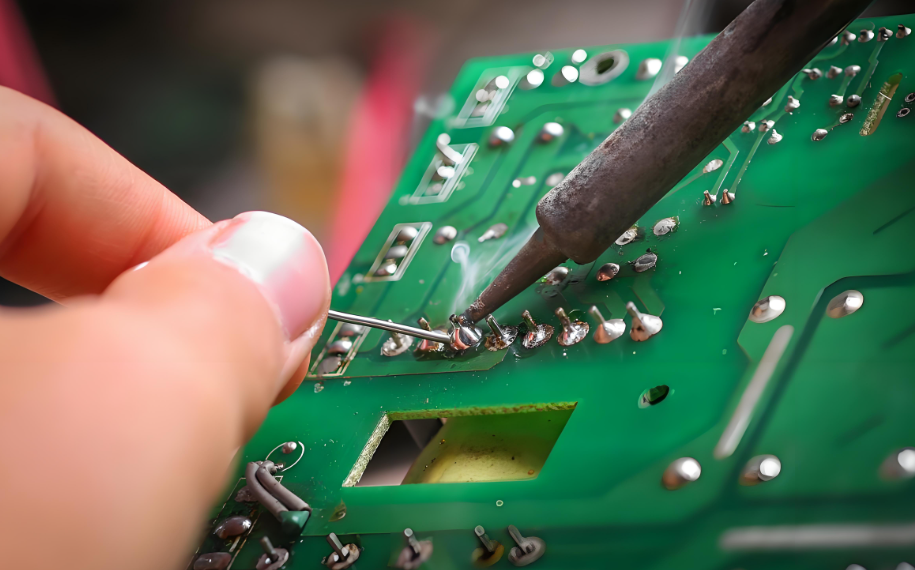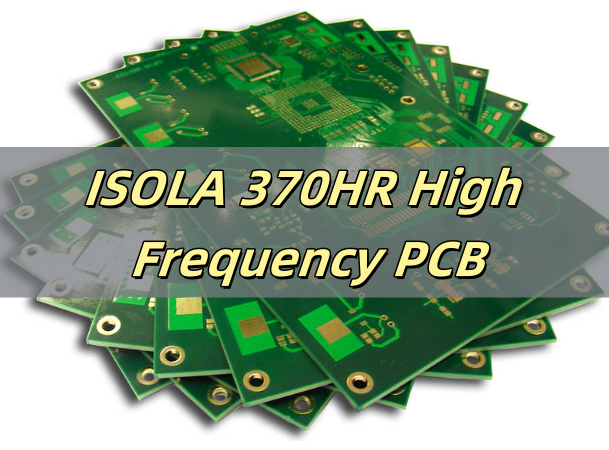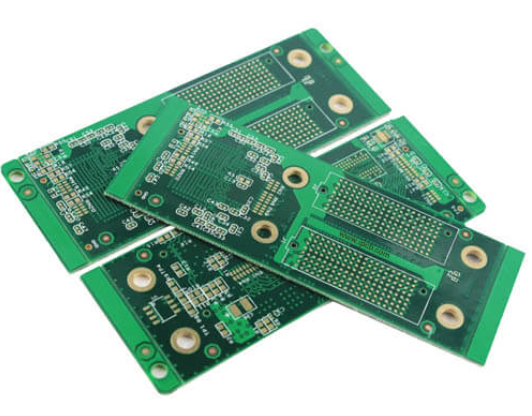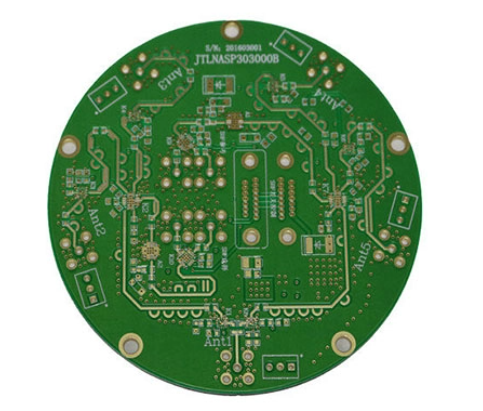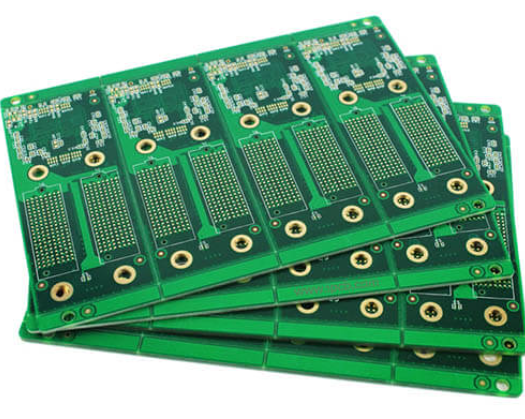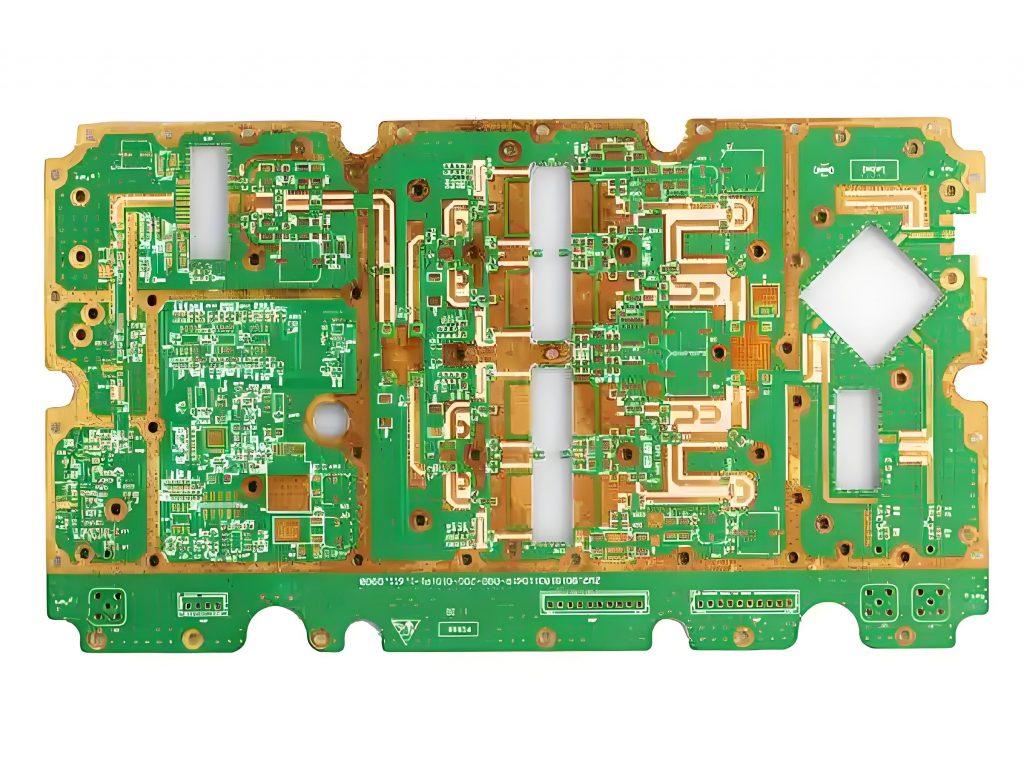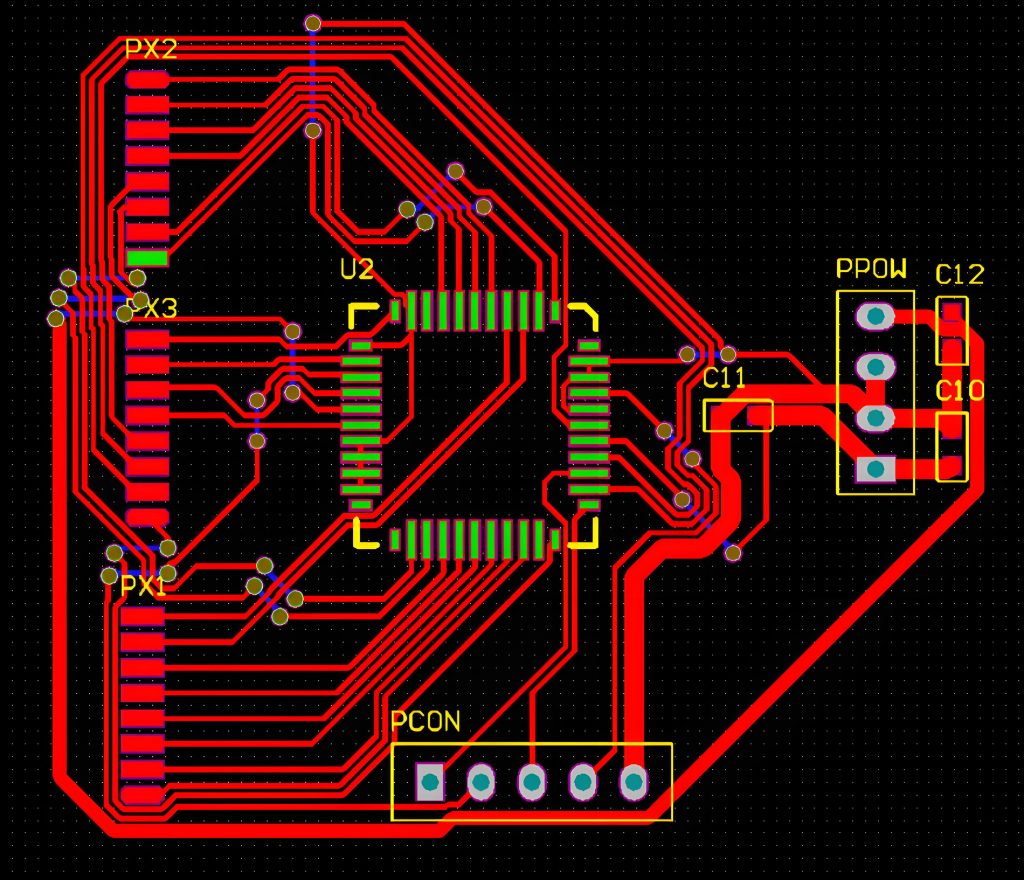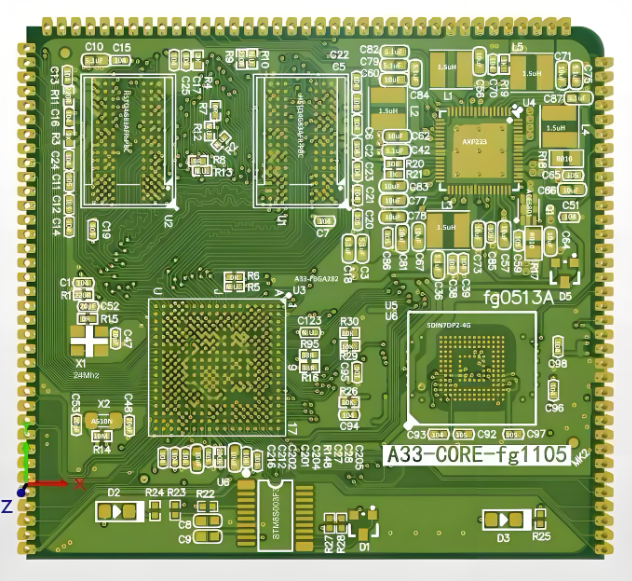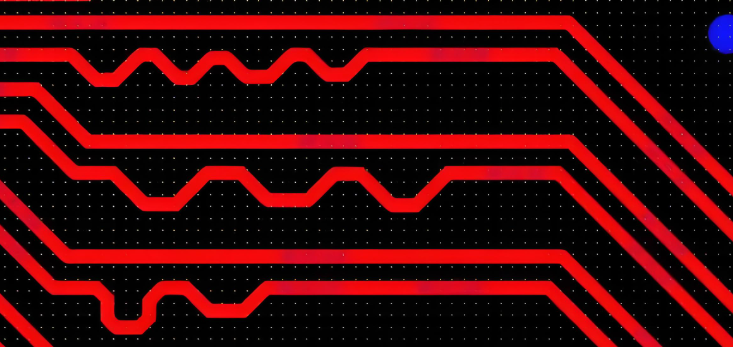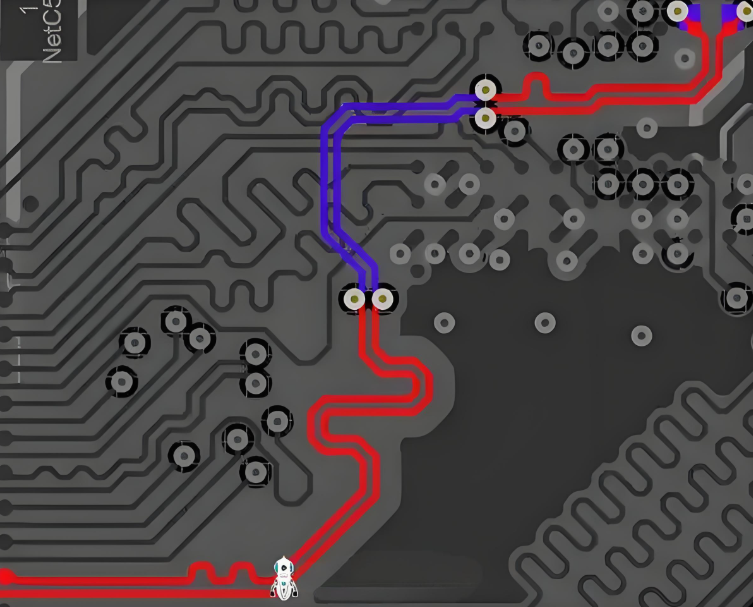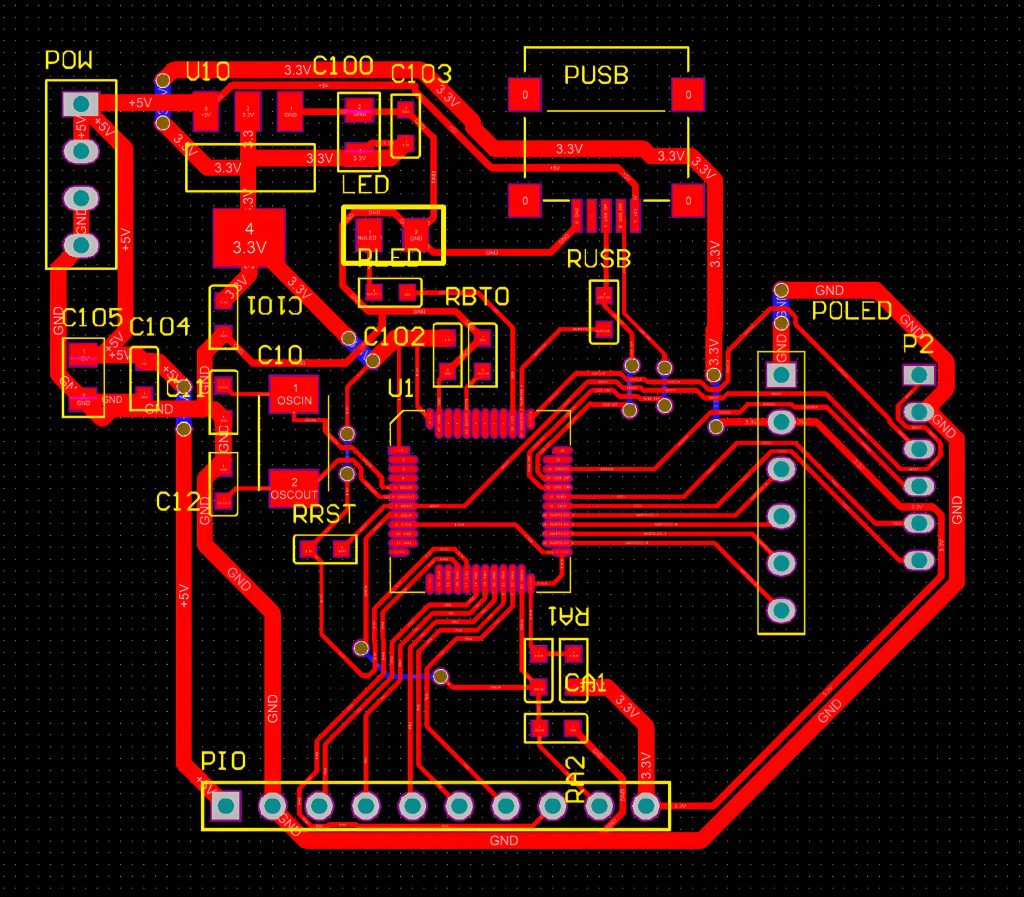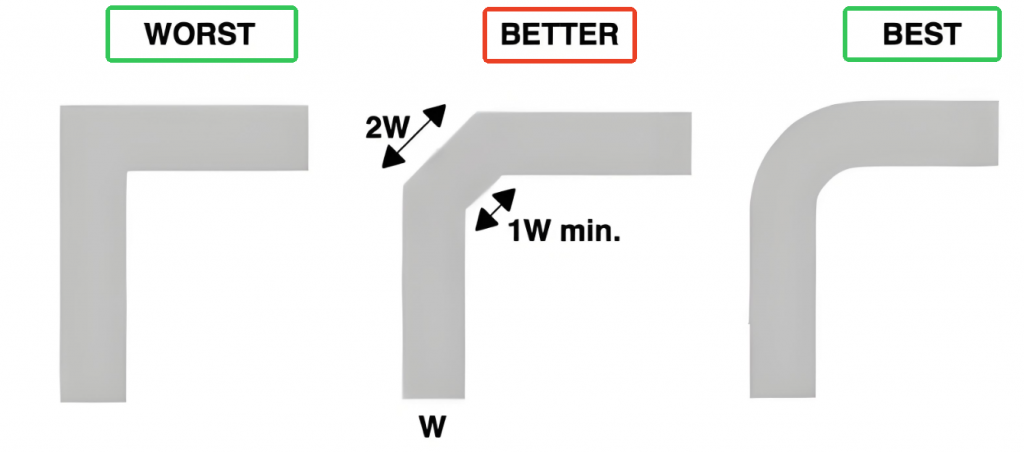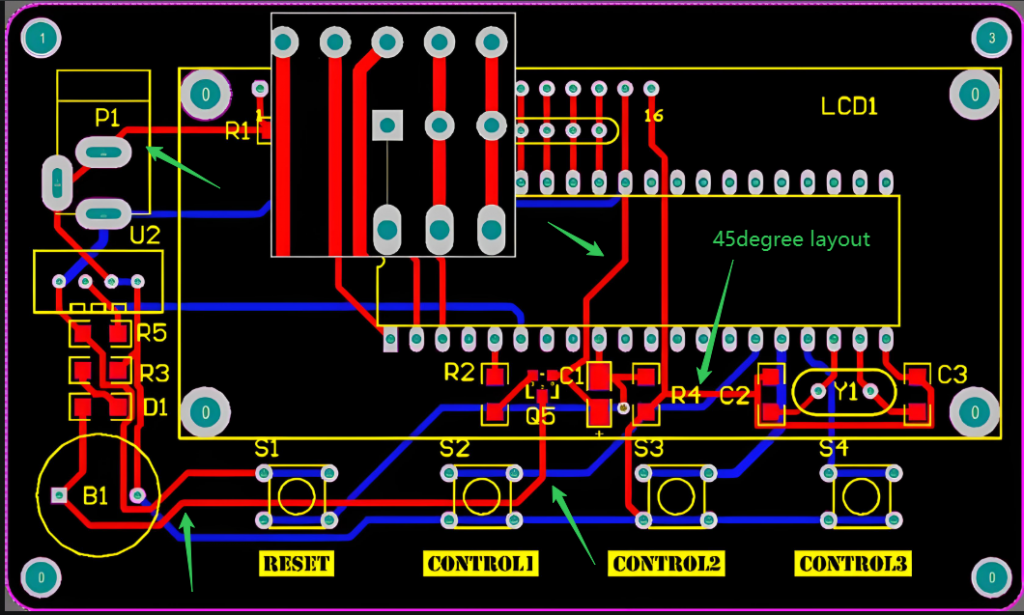When it comes to managing heat in high-power electronic devices, Metal Core PCBs (MCPCBs) are the go-to solution. These boards use a metal baseâtypically aluminum or copperâto efficiently dissipate heat for LEDs, power modules, and automotive systems. However, the effectiveness of an MCPCB depends heavily on the material chosen for its core and dielectric layers.
At Best Technology, we specialize in custom MCPCB fabrication using materials from leading global brands like Laird, Bergquist, and Ventec. Whether you need aluminum-based MCPCBs for LED lighting or copper-core boards for power electronics, we offer full support from material selection to prototyping and mass production. In this blog, we will share some information about metal core PCB materials, help you to understand MCPCB from the inside to out.
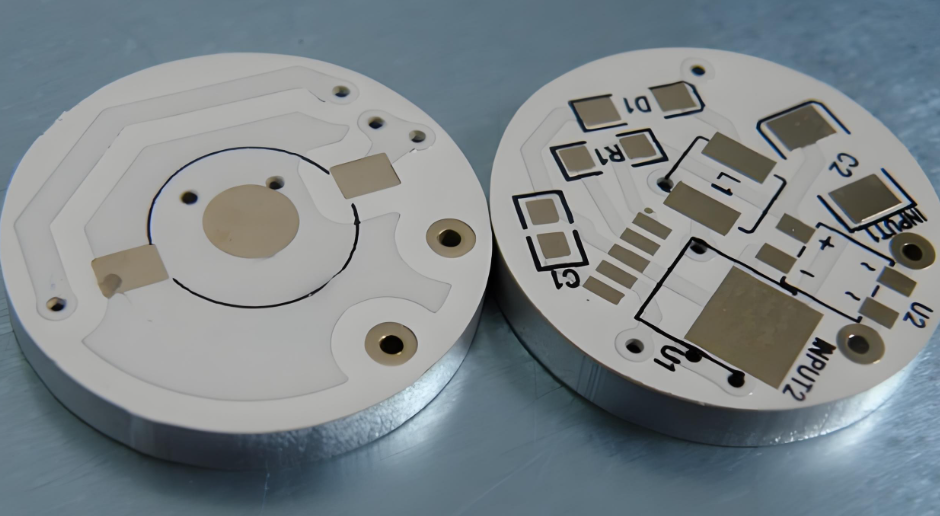
What Is Metal Core PCB?
A metal core PCB (MCPCB) is a printed circuit board that uses a metal base instead of traditional fiberglass (FR4). This metal base acts as a heat spreader, drawing heat away from components that generate significant thermal energy during operation.
In a typical MCPCB, the structure includes three key layers:
- Copper Circuit Layer â for electrical connections.
- Dielectric Layer â an insulating layer that separates the copper from the metal core, allowing heat transfer but preventing electrical conduction.
- Metal Core (Base Layer) â typically aluminum, copper, or stainless steel, used to conduct heat away from the board.

These PCBs are engineered to handle thermal management more efficiently than standard PCBs. As electronic devices become more compact and powerful, effective heat dissipation becomes more important, and MCPCBs offer a practical solution.
Common Metal Core PCB Materials
There are several options when it comes to metal core PCB material, each with its own unique benefits. The choice depends on factors like thermal requirements, mechanical strength, weight, and budget.
1. Aluminum Core
Aluminum is the most commonly used metal core material in MCPCBs. It is lightweight, cost-effective, and has good thermal conductivityâtypically around 205 W/m·K. Aluminum cores are ideal for LED lighting, consumer electronics, and automotive circuits where heat must be dissipated efficiently, but extreme thermal loads are not present. The commonly used aluminum core PCB in Best Technology is 5052, 6061, 3003, here is the datasheet of them:
| Property | 6061 Aluminum | 5052 Aluminum | 3003 Aluminum |
| Material Type | Al-Mg-Si | Al-Mg | Al-Mn |
| Tensile Strength (MPa) | 290 â 350 | 190 â 260 | 130 â 200 |
| Yield Strength (MPa) | 240 | 160 â 200 | 115 â 150 |
| Elongation at Break (%) | 10 â 17 | 12 â 20 | 15 â 20 |
| Thermal Conductivity (W/m·K) | 167 | 138 | 159 |
| Density (g/cmÂł) | 2.70 | 2.68 | 2.73 |
| Melting Point (°C) | 582 â 652 | 607 â 650 | 643 â 657 |
2. Copper Core
Copper is used where superior heat dissipation is needed. It has excellent thermal conductivityâaround 385 W/m·Kâand is suitable for high-power applications such as power supplies, industrial equipment, and RF systems. While it offers the best performance in terms of heat transfer, it is also heavier and more expensive than aluminum.
3. Stainless Steel Core
Stainless steel is rarely used, but it can be found in certain niche applications where corrosion resistance and mechanical strength are more important than thermal performance. Its thermal conductivity is much lower, around 16 W/m·K, making it suitable only for specific use cases.
Metal Core PCB Material Manufacturers
When choosing a metal core PCB manufacturer, itâs important to work with companies that supply high-quality materials and have a track record of consistency and reliability. Below are some of the leading manufacturers of metal core PCB materials that we cooperating:
- Bergquist (Henkel)
- Ventec
- Polytronics (Taiwan)
- Boyu (China)
- Laird Technologies
- Totking (China)
- Dupont Clamcool
- XianYang Bode electronic
Why Thermal Conductivity Is Important in MCPCB?
The thermal conductivity of a material refers to the amount of heat it can transfer under stable conditions. Specifically, for a 1-meter-thick material, if the temperature difference between two surfaces is 1°C, and heat transfer occurs through 1 square meter within 1 hour, the quantity of heat transferred is expressed in W/m·K (watts per meter-kelvin). For practical use, K (kelvin) can often be replaced by °C.
The thermal conductivity value depends on the materialâs composition, density, moisture content, and temperature. Materials with lower density or non-crystalline structures tend to have lower thermal conductivity, while materials with higher density and metallic bonding structures transfer heat more efficiently.
Generally, materials with low thermal conductivity are referred to as thermal insulators, and those with a conductivity below 0.05 W/m·K are called high-efficiency insulation materials. In contrast, metals typically exhibit high thermal conductivity, which makes them ideal for use in metal core PCBs.
Thermal Conductivity of Common Metals Materials
| Metal | Thermal Conductivity (W/m·K) |
| Silver | 429 |
| Copper | 401 |
| Gold | 317 |
| Aluminum | 237 |
| Iron | 80 |
| Lead | 67 |
| Zinc | 34.8 |
As seen in the table above, silver has the highest thermal conductivity, followed by copper and gold. However, due to cost and practicality, copper and aluminum are the most commonly used metals in MCPCBs. Aluminum strikes a balance between cost, weight, and thermal performance, while copper is chosen for extreme thermal demands.
1W vs 2W vs 3W Thermal Conductivity Differences
When evaluating MCPCB materials, it’s essential to consider not only the core metal but also the thermal conductivity of the dielectric layer. This layer sits between the copper circuitry and the metal base. In the metal core pcb manufacturing, the commonly used dielectric layers are 1W, 2W and 3W.
- 1W/m·K: Basic dielectric material, suitable for low-power circuits and LEDs with minimal heat output.
- 2W/m·K: Offers moderate thermal performance, ideal for mid-power LEDs and general electronics.
- 3W/m·K or higher: Designed for high-power LEDs or circuits that generate significant heat, ensuring efficient transfer to the metal core.
Choosing a higher thermal conductivity dielectric can greatly reduce thermal resistance, leading to better overall cooling performance. But not the higher the better, it should depends on your specific demands.
Aluminum PCB vs Copper Core PCB
When comparing aluminum PCBs and copper core PCBs, the main differences come down to thermal performance, cost, and application needs. Both are types of metal core PCBs (MCPCBs), but they serve different purposes depending on how much heat your circuit generates and how much budget you have.
Aluminum PCB is the most commonly used metal core because it offers a good balance of performance, weight, and affordability. It provides moderate thermal conductivity (around 237 W/m·K) and is suitable for many applications, especially LED lighting, consumer electronics, and automotive circuits where heat is present but manageable. Aluminum is also lightweight, making it easier to handle and mount, especially in devices where weight matters.
Copper core PCB, on the other hand, offers superior thermal conductivity (around 401 W/m·K if used directly thermal path technology), nearly double that of aluminum. This allows it to handle more heat, which is crucial in high-power electronics, RF systems, and industrial power converters. However, copper is heavier and more expensive, so it’s typically used only when the highest level of heat dissipation is required.
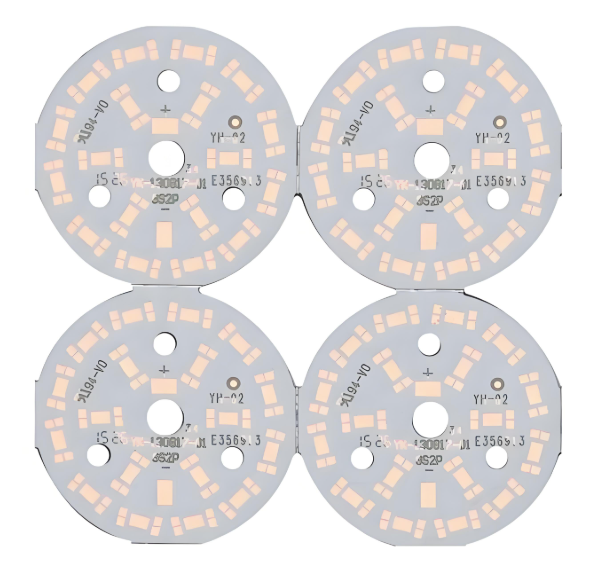
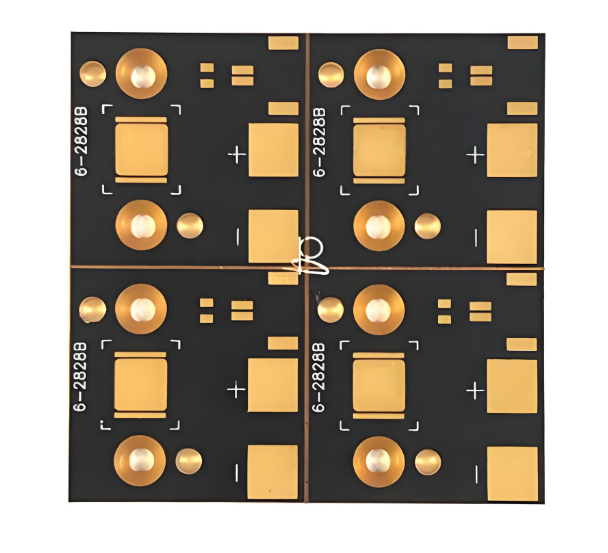
Can I Use Aluminum PCB in High Power LED Lighting?
Yes, aluminum PCBs are widely used in high-power LED lighting, especially when paired with high thermal conductivity dielectric materials. These boards effectively dissipate heat away from LEDs, preventing overheating and maintaining light output stability.
However, the design must ensure:
- Adequate heat spreading area
- Proper thickness of aluminum core (typically 1.0mm to 1.6mm)
- High-quality dielectric layer with 2W or 3W thermal conductivity
In cases where LEDs generate extreme heat, consider using copper MCPCBs or combining the aluminum core with external heat sinks for better performance.
How to Choose the Right MCPCB Material for LED Projects?
Selecting the correct metal core PCB material for your LED project involves analyzing the following:
- Thermal Output of LEDs
Higher wattage LEDs generate more heat. For low-power LEDs, aluminum with 1W/m·K dielectric is sufficient. For high-power LEDs, choose aluminum or copper with 2Wâ3W dielectric.
- Mechanical Requirements
If the PCB must endure vibration or mechanical stress (e.g., automotive lighting), choose thicker copper for added durability.
- Budget Considerations
Aluminum offers a cost-effective balance between performance and price. Copper is more expensive and should be reserved for projects where thermal performance cannot be compromised.
- Weight Constraints
In portable or ceiling-mounted LED systems, lightweight aluminum helps reduce the overall weight of the fixture.
Metal Core PCB Applications
- LED Lighting: Used in street lights, automotive lights, grow lights, and flood lights to ensure LEDs stay cool.
- Power Electronics: Found in motor controllers, inverters, and converters to handle large currents and heat.
- Automotive: Used in ECUs, headlights, and battery systems for reliable performance in harsh environments.
- Telecommunications: Applied in RF modules, power amplifiers, and antenna systems.
- Consumer Devices: Used in high-performance audio systems and power adapters.
Best Technology â Your Online Partner in MCPCB Manufacturing
At Best Technology, we specialize in the design and production of metal core PCBs for various industries. Whether you need aluminum or copper-based boards, we deliver customized thermal solutions to meet your specific project needs. By choosing Best Technology, you can enjoy:
- 99% on-time delivery
- Highest quality that conforms to IATF16949
- Factory prices with no MOQ
- High mixed varieties: aluminum pcb, copper PCB, directly thermal path PCB, ims pcb
- Multiply surface finish: OSP, HASL, ENIG, ENEPIG
- Turnkey PCB & PCBA assembly
- Flexible Production: From prototypes to high-volume manufacturing
- Free DFM & DFA checks
- 24/7 online sales
FAQs
Q1: What thickness is standard for aluminum MCPCBs?
Typical thicknesses range from 1.0mm to 1.6mm, depending on mechanical strength and thermal needs.
Q2: Is copper MCPCB worth the extra cost?
Yes, in high-power applications where superior thermal performance is necessary, copper is a valuable investment.
Q3: Can I request a custom thermal analysis?
Absolutely. Best Technology provides thermal analysis and simulation support to ensure the right material choice.
Q4: Are there standard sizes for MCPCB panels?
Yes, but we also offer custom sizes based on your design files and project needs.
Q5: How can I get a quote for metal core PCBs?
Send your Gerber files, project details, and thermal requirements to Best Technology. Our team will respond within 12 hours.



